I recently completed a DNA test from ancestryDNA.com.
The DNA test largely confirmed what I knew based on my genealogy:
Italy/Greece 39%
Ireland 35%
Great Britain 13%
There was also trace evidence – meaning either a small amount or a spurious evidence – for the following:
Iberian Peninsula 2%
European Jewish 2%
Europe West 1%
Middle East 4%
Caucus 2%
The most obvious region was Italy/Greece – Palmeri, Giambrone, Millonzi, Parisi. Sicily and southern Italy were settled by the Greeks in the 7th and 8th centuries BC; Magna Grecia – Greater Greece – referred to these areas. Today, some of the best Greek ruins are found in Sicily and southern Italy.
Some of the trace amounts are also consistent with my Sicilian heritage. The three most common other regions seen in natives of Italy and Greece are Caucus, Middle East, and Iberian Peninsula. The Caucus and Middle East DNA could be explained by the Islamic control of Sicily from around 827 to 1061. Muslim Sicilians were living in central Sicily, in the region that includes both Montemaggiore and Serradifalco, well into the 1200s. And from the 1400s to the middle 1800s, Sicily was controlled by the Bourbons of Spain – the Iberian Peninsula.
The other obvious component was my Irish DNA. The Cruice, Wilson, Brady, and Burke families all came from Ireland. This DNA could also include my Scottish heritage, from the Cuthberts and Downies.
The remaining major portion of my DNA is from Great Britain. While I have no English heritage that I know of, the map includes areas of Scotland (Cuthbert and Downie) and areas of France (de Guehery). Also, the Wilsons, from Northern Ireland, who were Presbyterian, could have originally come from England or Scotland.
The last trace amounts are listed as Europe West and European Jewish. Both of these maps cover portions of France (de Guehery) and Germany (Mack). The European Jewish is an interesting possibility. I wonder if there could be some Jewish ancestry, perhaps in the same family tree as the Macks from Germany.
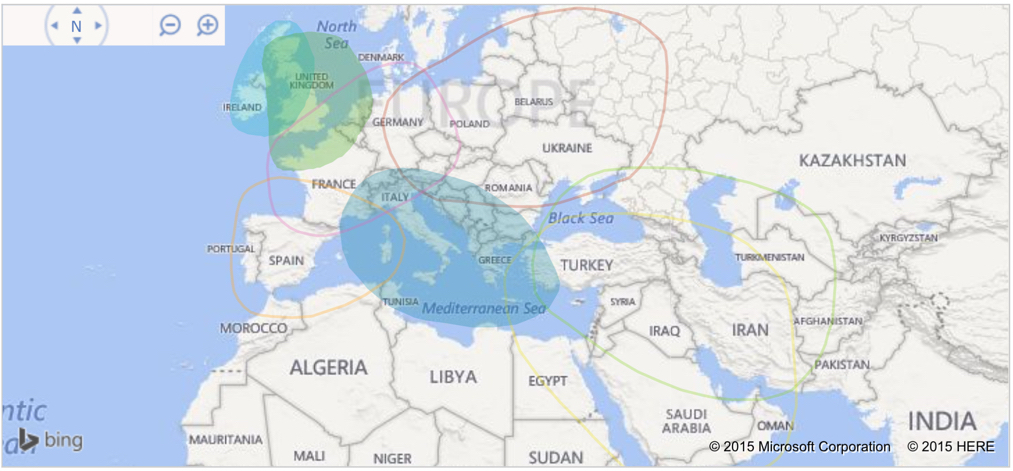
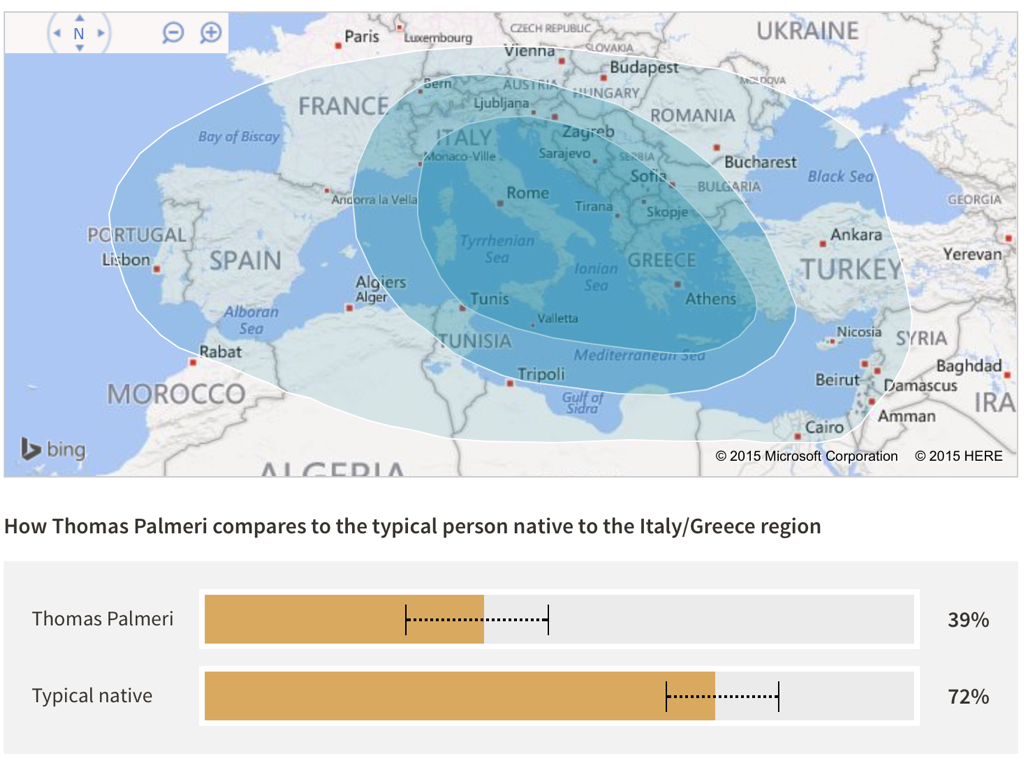


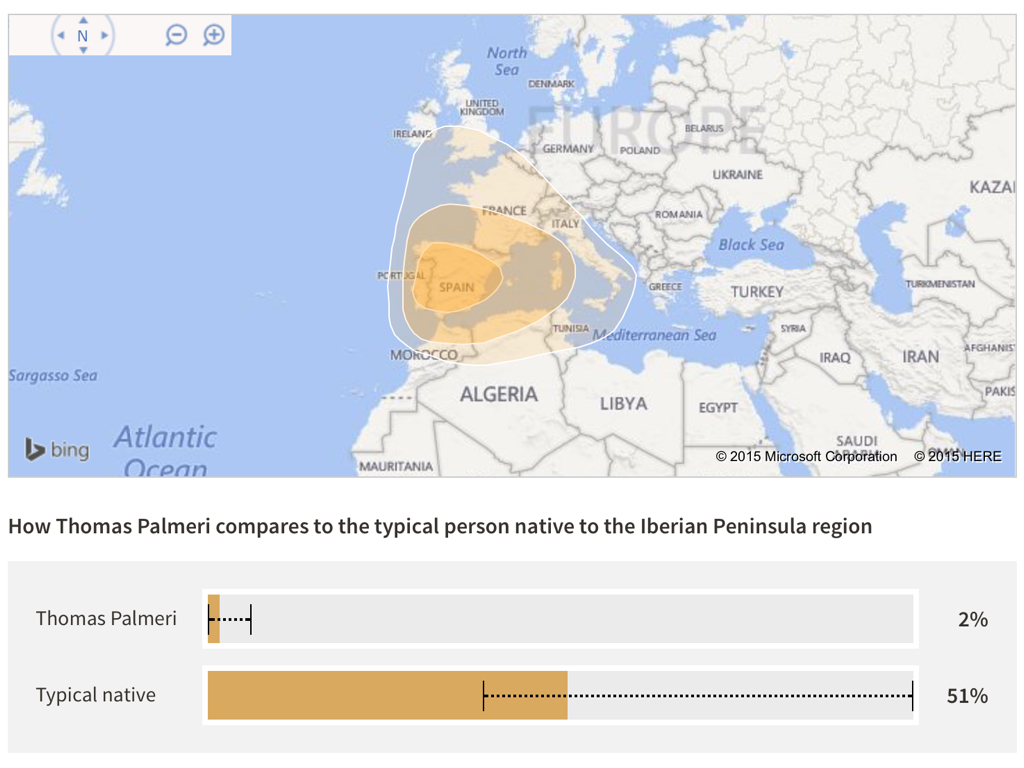
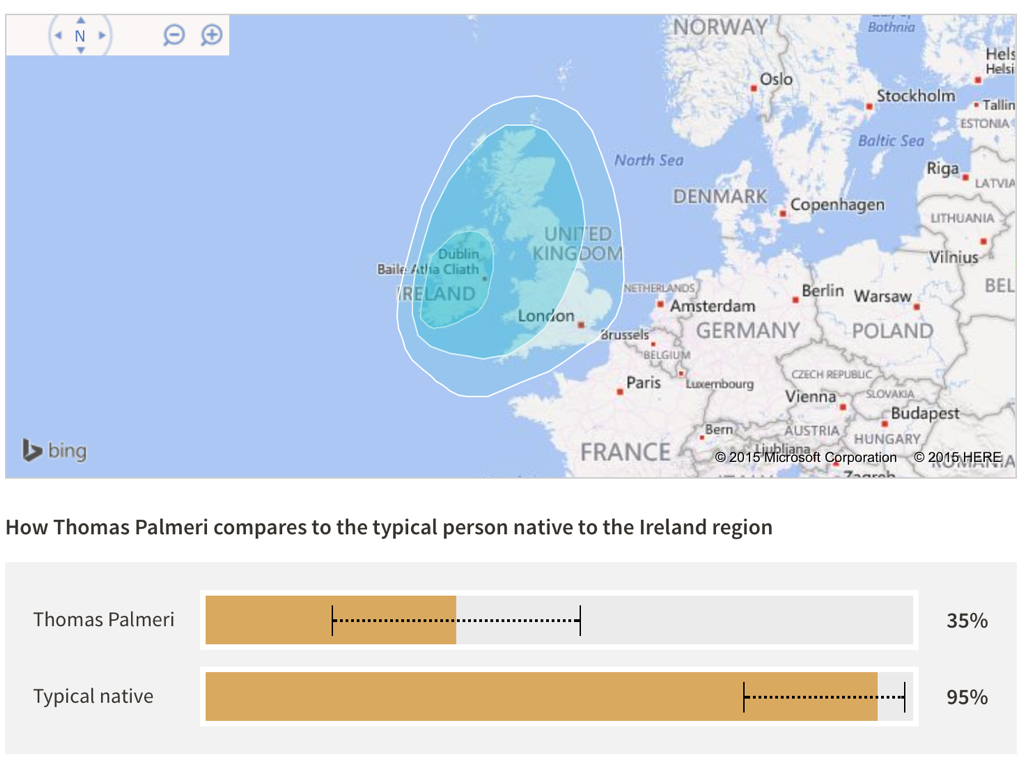
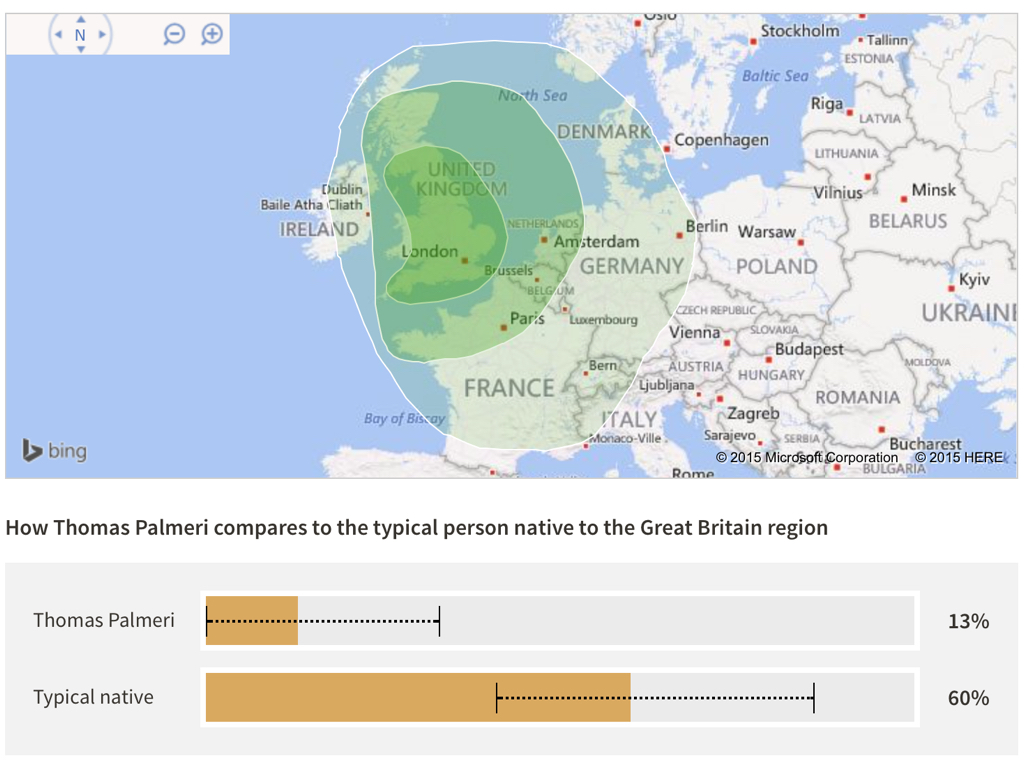
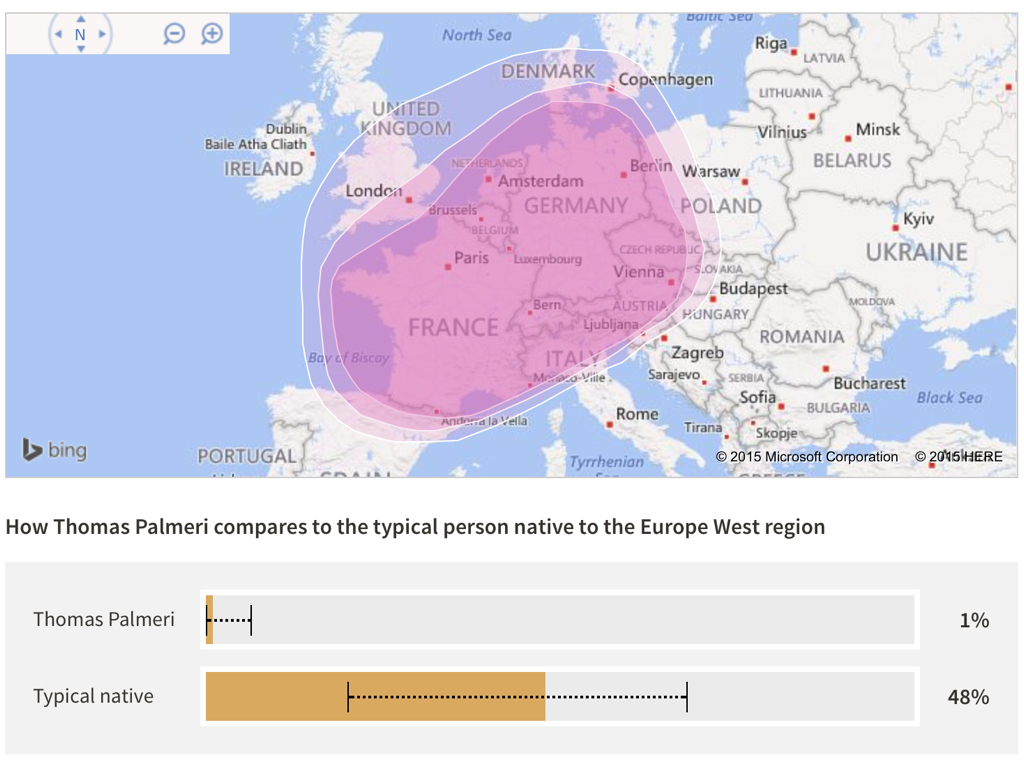
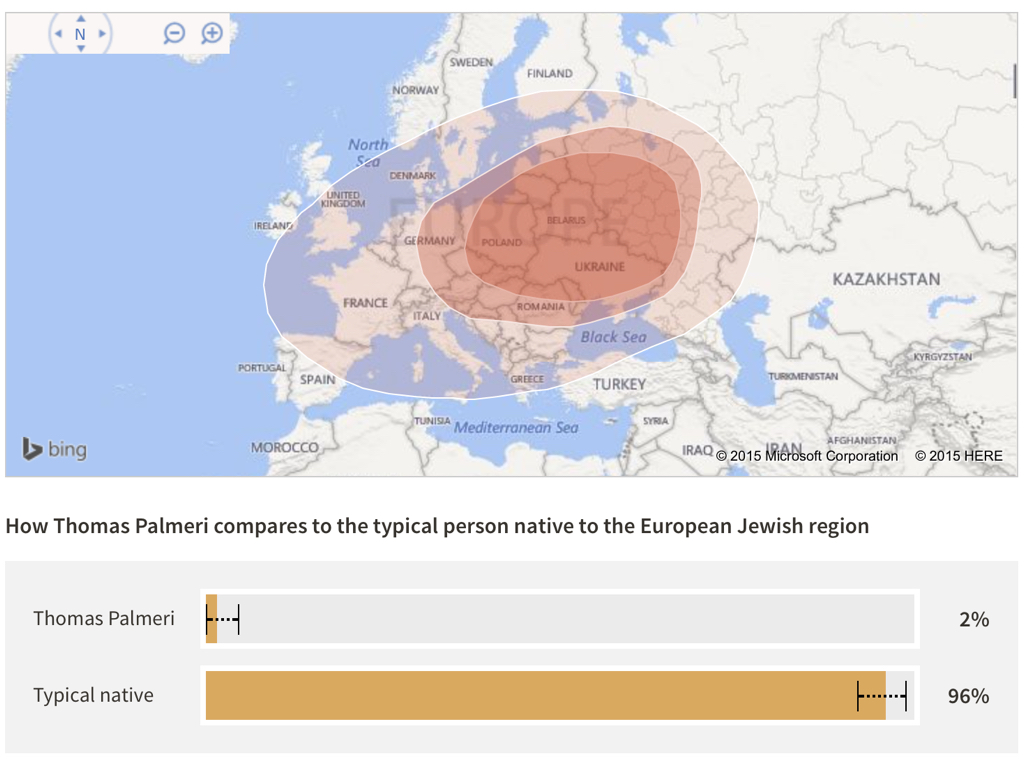
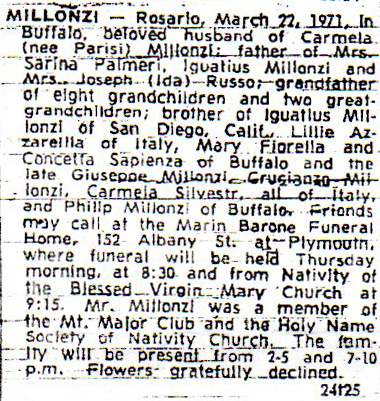

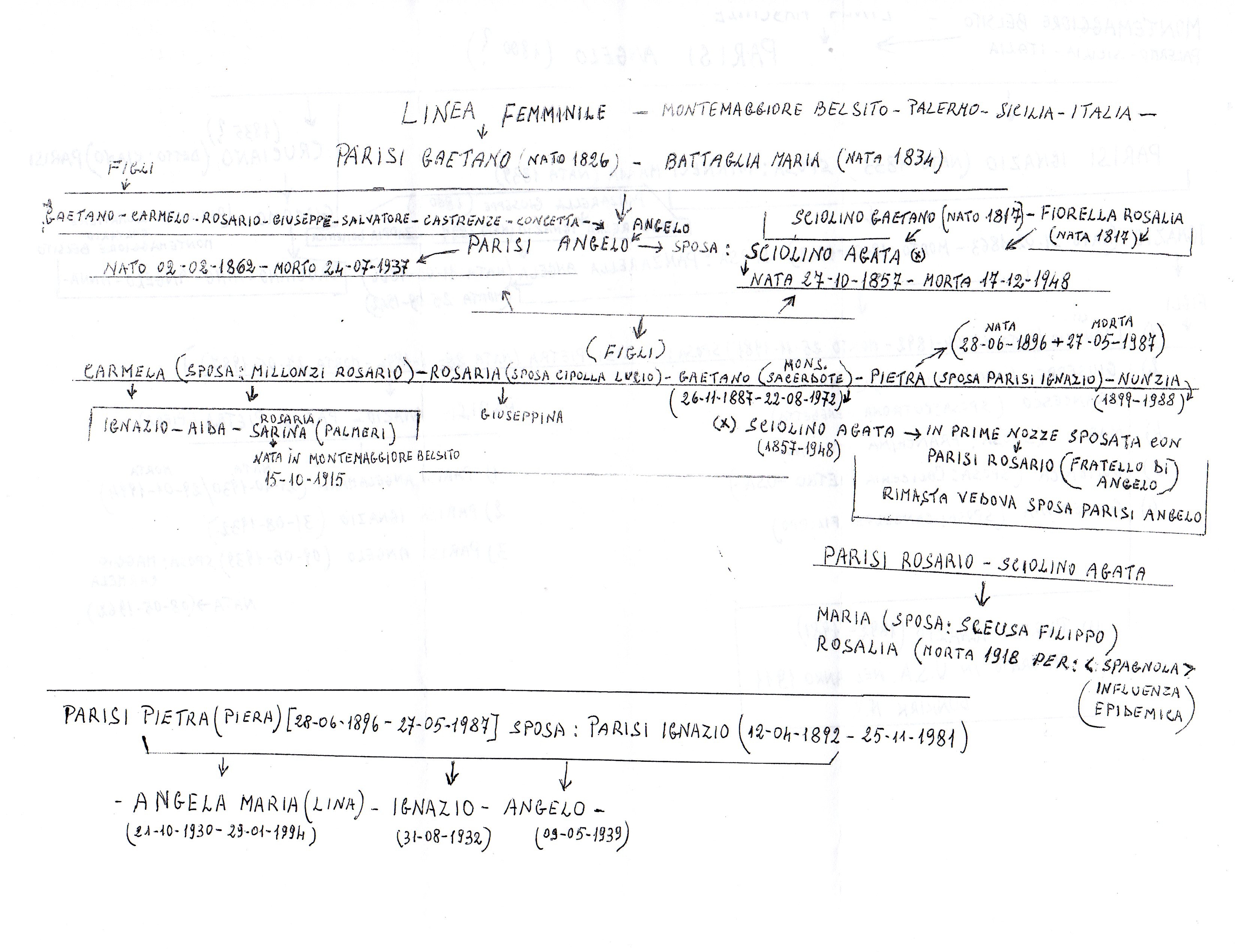
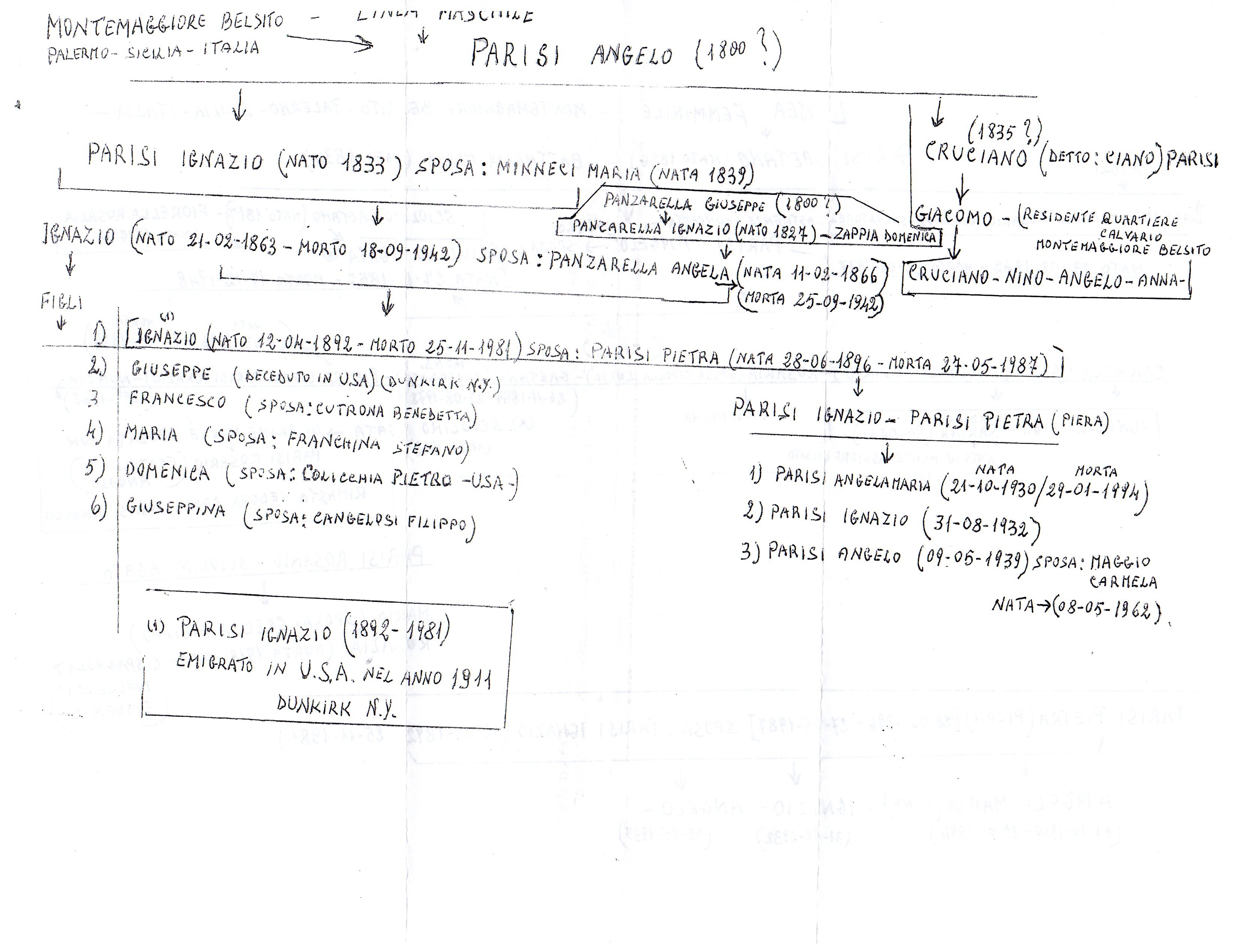
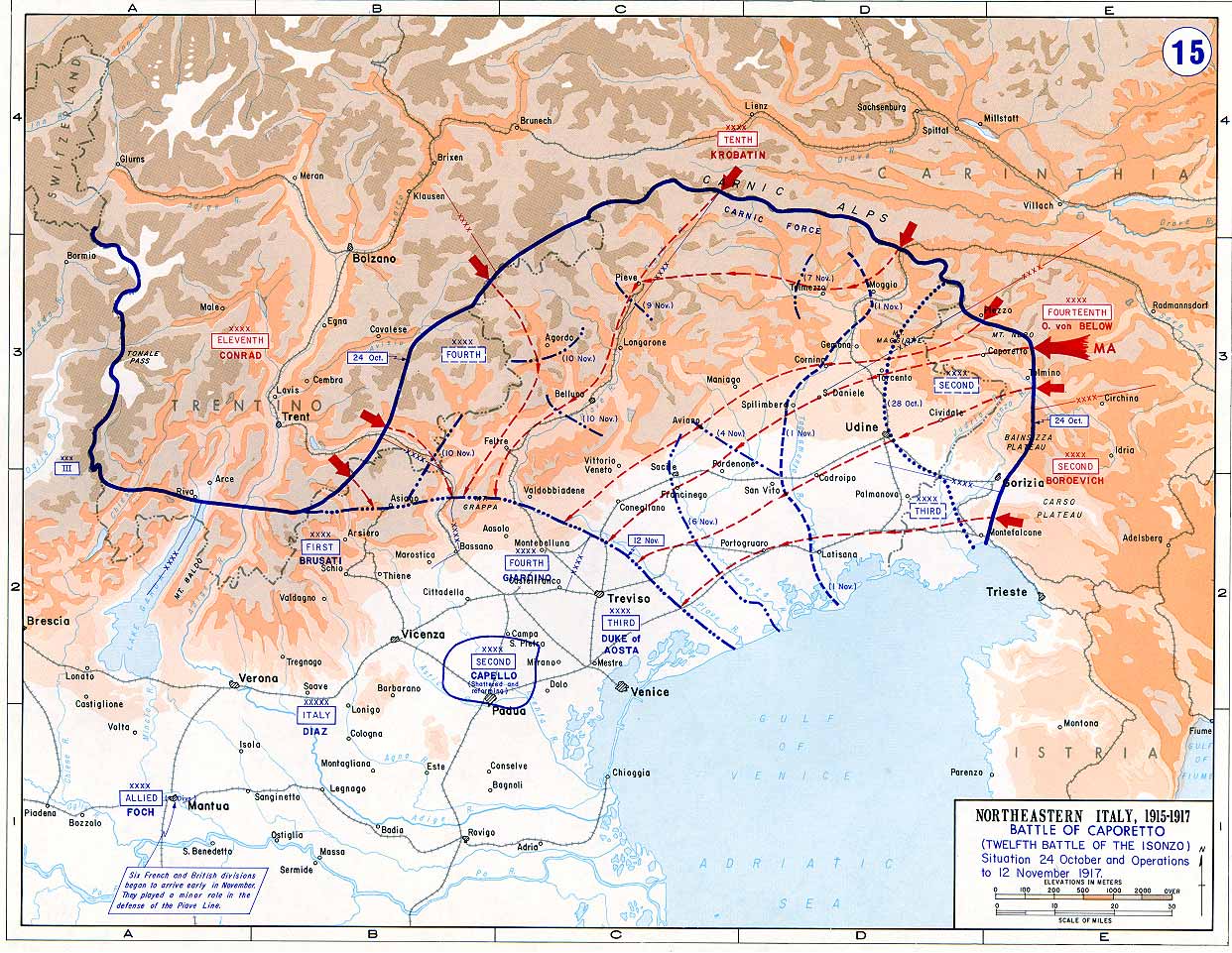
.jpg)
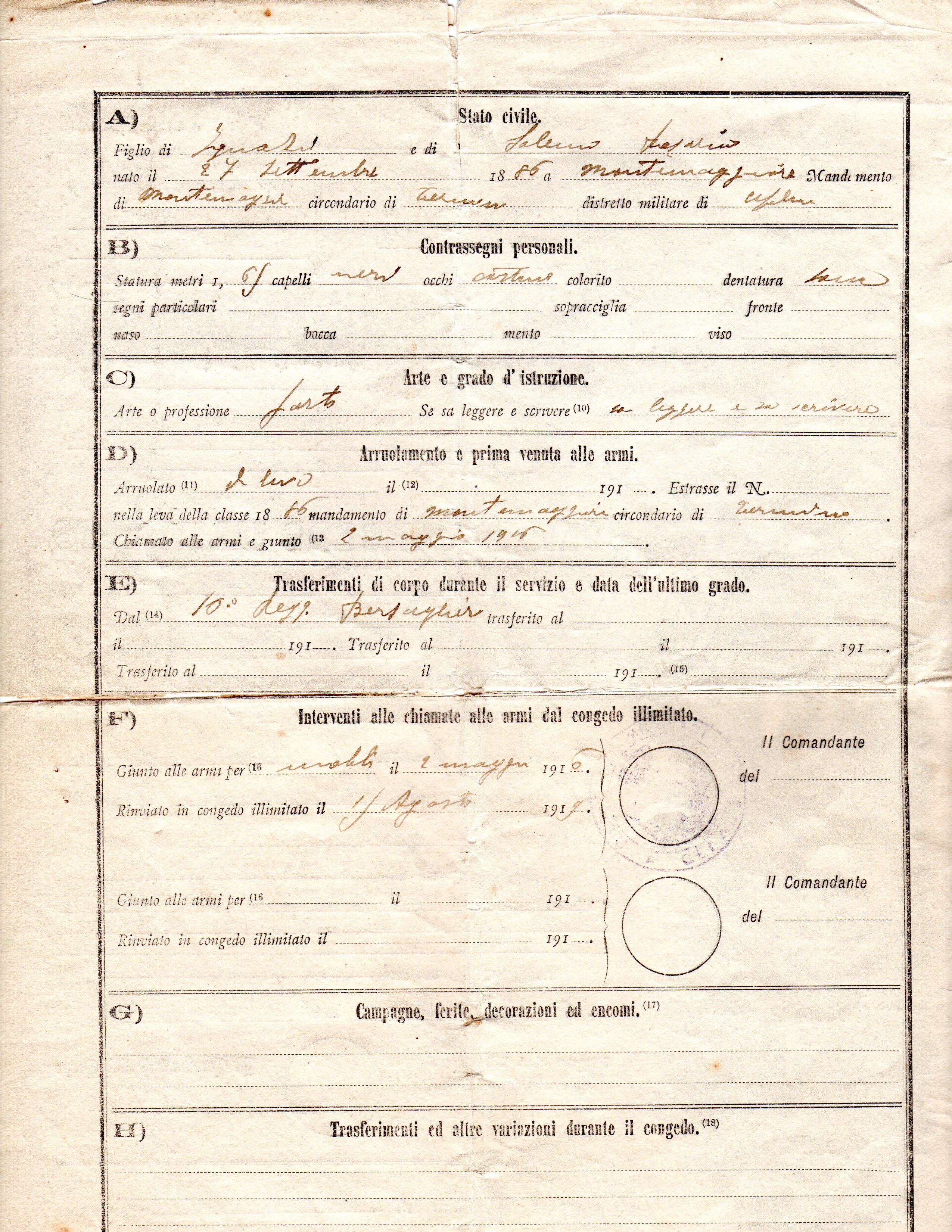
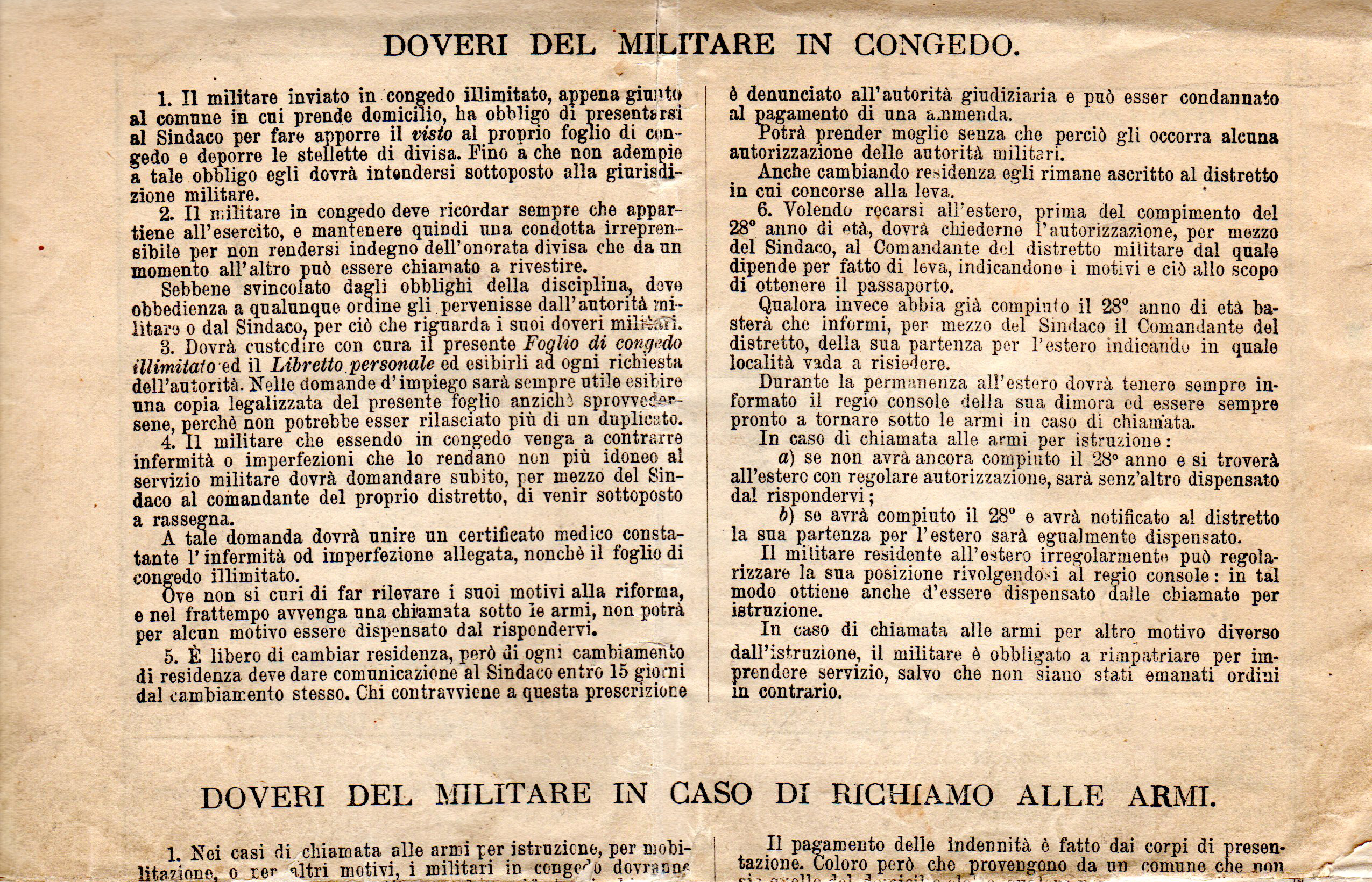
.jpg)

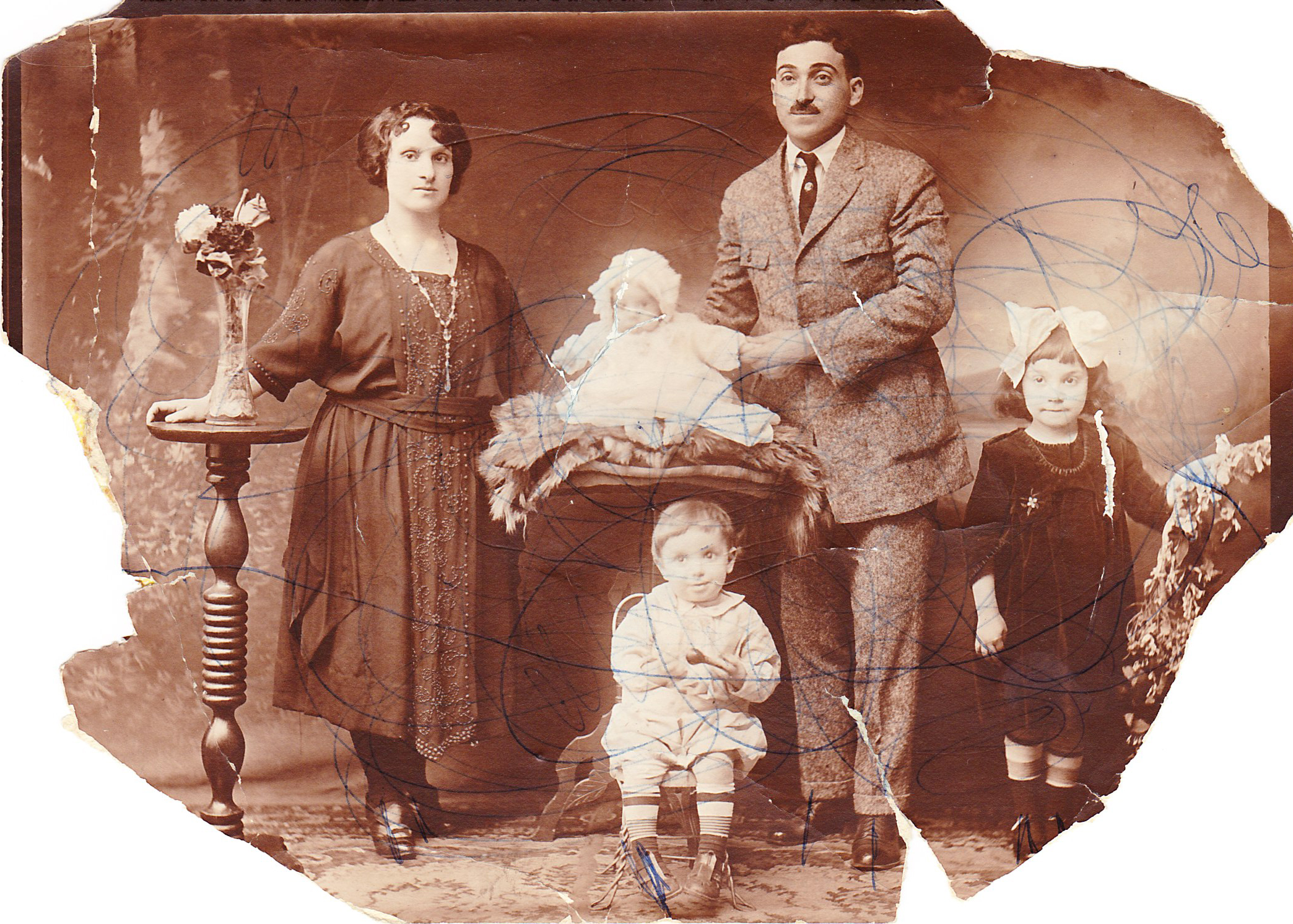
.jpg)